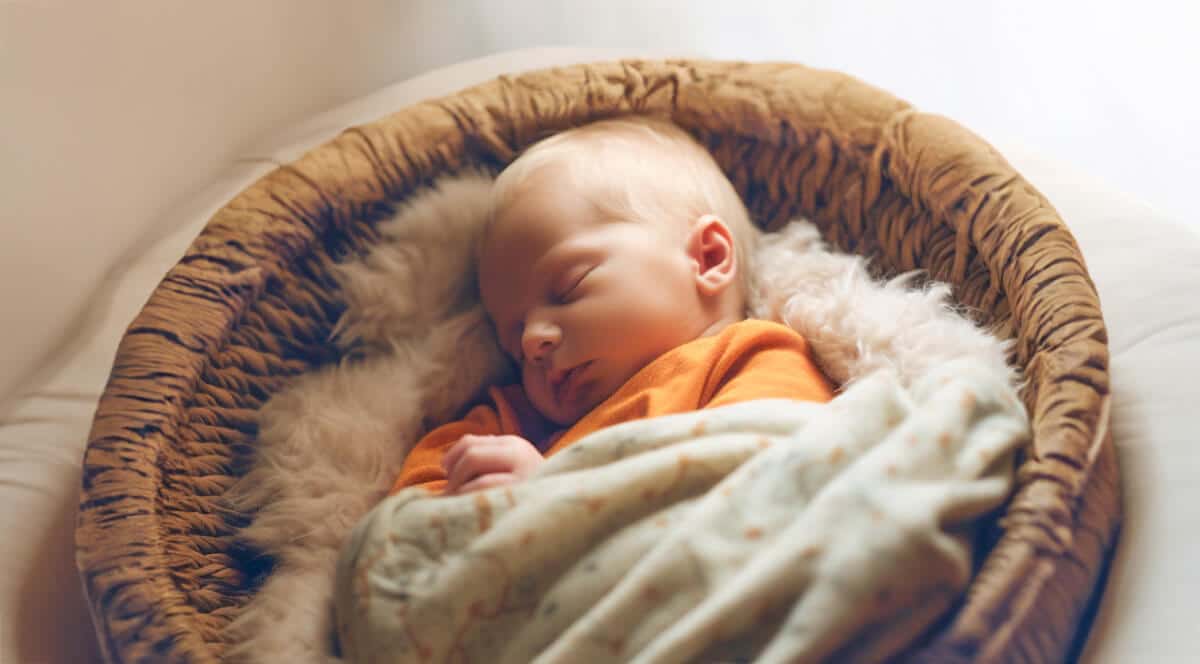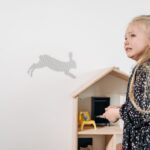What it is white noise?
White noise, often described as a gentle and constant hum, is a combination of sounds spanning the entire audible frequency range. It is similar to the static sound you might hear on a television or radio when there is no station tuned in. It’s the same noise that a baby hears from 4 months old while in their mother’s womb. That’s why this noise has the power to calm down both you and your kid, as it reminds us of our intrauterine life.
Today, a wide range of ambient sound devices are available, producing sounds like rushing waterfalls or wind rustling through trees, to aid in relieving insomnia. However, it is not widely known that one of the earliest machines designed to treat insomnia using calming sounds principles dates back to the 17th century. This ingenious device was created by Gian Lorenzo Bernini, a architect and sculptor famous for his works such as the Fountain of the Four Rivers and at St. Peter’s Baldachin in Rome’s Vatican City. But it wasn’t until the 1960s that white noise gained recognition as a sleep aid and relaxation tool. Since then, numerous studies have been conducted to understand its effects on sleep quality and cognitive performance.
In a 1990 study conducted on newborns, it was discovered that 80% of the infants exposed to white noise fell asleep within 5 minutes, whereas only 25% of the babies in the control group fell asleep without any intervention. This striking contrast highlights the significant impact of this kind of noise on promoting faster sleep onset in infants.
Additionally, two separate studies conducted in 2017 demonstrated that adults who listened to soothing noise experienced a 38% reduction in the time it took them to fall asleep compared to those who did not incorporate those sounds into their bedtime routine (Messinoe et al., 2017; Montemurro et al., 2017). This suggests that by embracing white noise, individuals enhance their chances of falling asleep faster.
Why Can’t We Fall Asleep Easily?
Sleep deprivation can disrupt our ability to fall asleep quickly. When you are overtired, your body produces cortisol and adrenaline, making it difficult to relax and drift off into sleep. Similarly, children experience the same challenges, but their inability to regulate emotions and filter information intensifies the problem. So, when a child misses a nap or experiences a delayed bedtime, their bodies produce even more cortisol and adrenaline to stay awake, making it harder for them to relax and fall asleep.
Benefits of white noise
· Improved Sleep Quality. Neutral noise masks disruptive sounds, creating a calm atmosphere for better rest for both children and their parents. This is particularly valuable for individuals living in noisy urban environments or those who are easily disturbed by external noises.
· Enhanced Focus and Concentration. Because it can improve concentration, it’s also beneficial for adults who struggle to stay focused at work or while studying. The steady background sound helps drown out distractions and promotes an ideal environment for productivity.
· Soothing for Children. It’s also effective in soothing infants and young children, as it replicates the comforting sounds they experienced in the womb. Using this noise for your child can help them fall asleep, go to dreamland faster, rest longer, and reduce the likelihood of being awakened by external noises.
How to use white noise for better sleep for both you & your child
In our Parents app, you have three options for using white noise. The 5-minute track is perfect for covering immediate noise and aiding relaxation, while also helping your toddler fall asleep quickly. If your child takes longer to catch some Z’s, the 30-minute track provides extended support. Additionally, for power napping or blocking external disturbances during nighttime, the 3-hour track is a great solution.
As tempting as a good sleep might sound, keep in mind that it’s not recommended to have continuous ambient sound throughout your entire sleep duration, as your brain also needs periods of silence.
Ready to experience the soothing benefits of background noise for better sleep? Try the White Noise in our Parents app and discover the power of these tracks designed to help you and your child relax, fall asleep faster, and enjoy peaceful rest. Don’t miss out on the opportunity to improve your rest routine – give our calming sounds a chance and wake up refreshed and rejuvenated.









